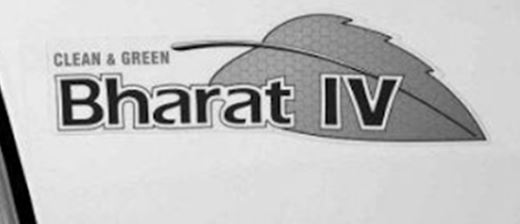What Is Emission Standards?
Emission standards are the rules and regulations that are supposed and necessary to follow by the Vehicle Designing Industries (or manufacturers) in respective country. Bharat Stage Emission Standards and European Emission Standards are the two important things to learn about. These standards are authored by the respective governments and these standards are all about the limitations of the pollutants released by the vehicles.
As lots of vehicles are entering on to the road results in increasing the count of the vehicles and simultaneously emissions (air pollution) are increasing. So, to limit or to control air pollution, emission standards in India is one of the precautionary steps taking by the Indian government and similarly, the European Emission Standards are taken care by the Europe.
These emissions from the vehicles can be decreased by designing the vehicle engine according to the standards for proper combustion itself and of course a good fuel economy too.
We may be having this doubt that what actually this BS and Euro meant and why the automobile companies used to have it on their vehicles? So let us learn about it today.
Also Read:
- What is Four Stroke Engine, Working of Four Stroke Engine, Advantages?
- What is Two Stroke Engine, Working of Two Stroke Engine, and its Advantages?
Table of Contents
What is Bharat Stage Emission Standards?
BS stands for Bharat Stage and Bharat Stage Emission Standards are the standards of automobiles that is followed by the Indian Government. As these standards are given by the Government of India, it is named as Bharat. We started following these standards since the year 2000 and we are achieving great results by these emission standard norms.
The updates (or stages) of these emission rules or emission standards used to change frequently according to the generation and situations. So let us see about these updates.
What is European Emission Standards?
Euro stands for European and these are the standards follow by the European Countries or we can say that it is the European Emission Standards for vehicles. As like as we follow the emission standards in India, Europeans too follow particular rules or standards called European Emission Standards.
Difference Between BS-I, BS-II, BS-III, BS-IV, BS-V, and BS-VI?

We observe logos like Bharat-I, Bharat-II, Bharat--III, Bharat-IV, Bharat-V, and Bharat-VI on the vehicles; they are the levels of Bharat Stage Emission Standards updations that changes frequently to regulate the air pollutants by vehicles. These are the changes in vehicle designs and output gas emissions. Till now, we do have 6 updates and they are as follows.
| Bharat Stage Emission Standards | European Emission Standards | Year of Introducing |
| Euro-I | Euro-I | 2000 |
| BS-II | Euro-II | 2003 |
| BS- III | Euro-III | 2005 |
| BS-IV | Euro-IV | 2016 |
| BS-VI | Euro-VI | 2020 |
So, what actually this Euro meant? Let us read about it.
If we observe the above table closely, in 2000 the standards that we followed is Euro-I. At the starting of this era, we all used to follow the same standards followed by Europe, and this was introduced in the year 2000 and it was named Euro-I in Europe and Bharat Stage-I in India.
So these are the updating versions of bharat stage emission standards from I to VI in the automobiles till now; it means BS-II is efficient and has less emitting technology compared to BS-I. Same with the BS-V when compared to BS-IV, right now we are in the era of Bharat Stage VI and it is more efficient and less pollutant compared to the BS-V. So Every time number of researchers will work to decrease the emissions from the engines and whenever they found new and feel that it will be the best to introduce, then the new standards are followed with this name Bharat stage.
As like BS-I, BS-II, etc, the European Emission Standards also upgrade their standards; they are like Euro-II, IIII, IV, VI are also the same as BS-I, II, III, IV, VI.
One more point, we observe in the above table that the BS-V in the bharat stage emission standards is not mentioned because it was introduced in 2016 but it was skipped by the Emission Standards of India due to some reasons.
Note: Of course it may be a universal procedure to follow the standards to decrease the emissions from the vehicles.
So till now, all the vehicles in the market are following the BS-IV and BS-V vehicles mostly and it was compulsory the Automobile companies should follow and adopt this emission standard rule for their vehicles.
Advantages Of Emission Standards:
The advantages of these Emission Standards are
- As the engines are designed to decrease the emission pollutants, the polluting gases from vehicles will be decreased due to this.
- The efficiency of the engine increases because there will be maximum or complete combustion of fuel takes place.
- The life span of the Engine can be increased.
- The air pollution will be diminished.
Conclusion:
As we are aware of the air pollution situations in the various cities, and countries; a large percentage of all these emissions are due to the emissions of vehicles throughout the world. So, a must required law or rules are required to limit and even stop this pollution. As a part of it, these standards will be great steps that are followed by the respective government or law.
Bharat Stage Emission Standards and European Emission Standards are updating frequently to achieve a green environment through-out the country and world. So, we hope for green and non-polluted air in the future.